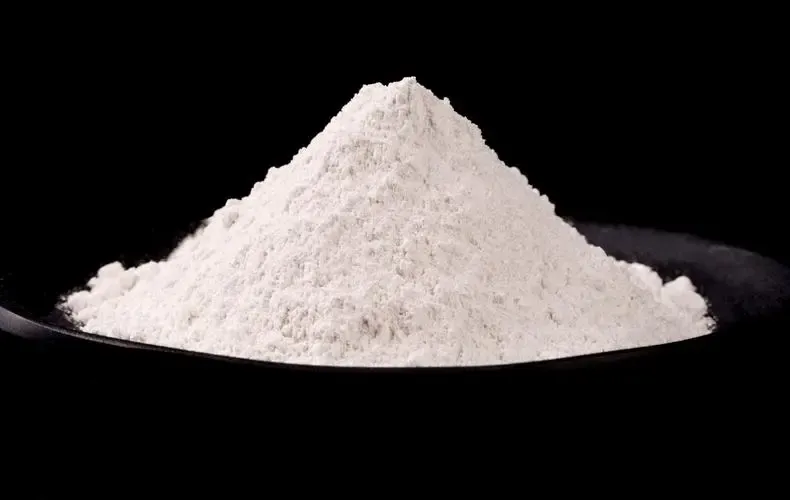
Dec . 12, 2024 10:05 Back to list
antase and rutile type titanium dioxide supplier
Titanium Dioxide Suppliers Focusing on Anatase and Rutile Types
Titanium dioxide (TiO₂) is one of the most widely produced chemicals in the world, primarily used as a white pigment in a variety of industries. It is known for its exceptional brightness, opacity, and durability. Among the different crystalline forms of titanium dioxide, anatase and rutile are the most significant, each possessing distinct properties and applications. This article explores the roles of anatase and rutile types of titanium dioxide and highlights key suppliers in the industry.
Understanding the Two Types of Titanium Dioxide
1. Anatase Anatase is one of the polymorphs of titanium dioxide, characterized by its tetragonal crystal structure. It is generally considered to have higher photocatalytic activity than rutile, making it suitable for a range of applications beyond traditional pigments. Its unique properties make it attractive for use in self-cleaning surfaces, photocatalytic coatings, and solar cells. The effectiveness of anatase in photocatalytic processes can be attributed to its wider bandgap, which allows it to harness sunlight for chemical reactions that break down organic pollutants.
2. Rutile Rutile, another polymorph of titanium dioxide, features a tetragonal crystal structure similar to anatase but has a higher density and stability at elevated temperatures. Rutile is favored in applications requiring exceptionally high opacity, such as coatings, plastics, and cosmetics. Its superior weathering resistance and non-biodegradability make it an ideal choice for outdoor applications, where durability is critical. Rutile is less reactive than anatase, but it compensates with a higher refractive index, providing the excellent brightness and whiteness for which it is known.
Applications of Titanium Dioxide
Both anatase and rutile titanium dioxide are indispensable in various sectors
- Paints and Coatings The majority of titanium dioxide produced is used in paints and coatings where rutile is often preferred due to its superior durability. - Plastics Titanium dioxide is widely used as a pigment in plastics to improve not only color but also UV protection. - Cosmetics Titanium dioxide serves as a pigment in cosmetics and sunscreens, providing both color and UV-blocking properties. - Food Industry Some grades of titanium dioxide are approved for use in food products as a colorant. - Nanotechnology Recent advancements have led to the use of nano-sized titanium dioxide in innovative applications, including environmental remediation and energy conversion.
Key Suppliers of Titanium Dioxide
antase and rutile type titanium dioxide supplier

The titanium dioxide market is dominated by several key suppliers known for their production and distribution of both anatase and rutile types. Major players in the industry include
- Chemours Operates one of the largest TiO₂ production facilities and offers a range of products, including both anatase and rutile grades, catering to diverse industrial applications.
- Tronox This company has a robust portfolio of titanium dioxide products and is a prominent player in the global market. They focus on sustainability and have a significant presence in the paint and coatings segment.
- Huntsman Corporation Known for its specialty chemicals, Huntsman also produces high-quality titanium dioxide products that serve various industries, from automotive to consumer goods.
- Kristal Global A key supplier of both anatase and rutile TiO₂, this company emphasizes high purity and performance, suitable for demanding applications.
- ISONEM This supplier specializes in innovative TiO₂ applications, particularly in the construction and automotive sectors. They offer specialized coatings that utilize the unique properties of both anatase and rutile.
Conclusion
Titanium dioxide, whether in its anatase or rutile form, plays a critical role in multiple industries due to its unique properties and versatility. As demand continues to grow, suppliers are innovating and expanding their product lines to meet the evolving needs of various sectors. Understanding the differences between anatase and rutile titanium dioxide enables manufacturers to choose the right type for their specific applications, ultimately driving quality and performance in their products. The future of titanium dioxide looks promising, as advancements in technology and new applications continue to emerge.
-
Premium 6618 Titanium Dioxide for GPT-4 Turbo Applications
NewsJul.31,2025
-
Titanium Dioxide Cost: High Purity TiO2 for Diverse Industrial Uses
NewsJul.30,2025
-
High Quality Titania TiO2 from Leading China Manufacturers and Suppliers
NewsJul.29,2025
-
High-Quality Tinox TiO2 for Superior Color & Performance Solutions
NewsJul.29,2025
-
High Quality Titania TiO2 from Leading China Supplier & Manufacturer
NewsJul.29,2025
-
High-Performance r6618 TiO2 for Superior Whitening and Versatility
NewsJul.28,2025
